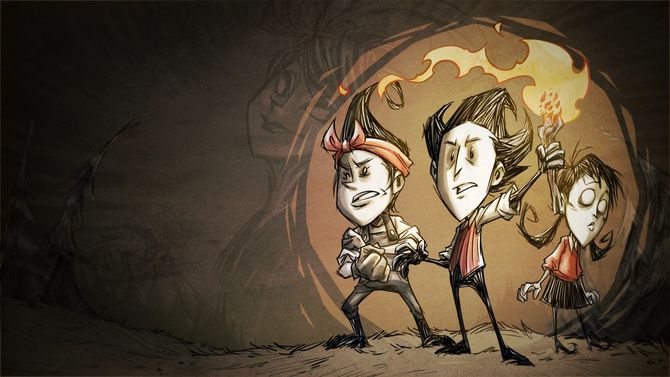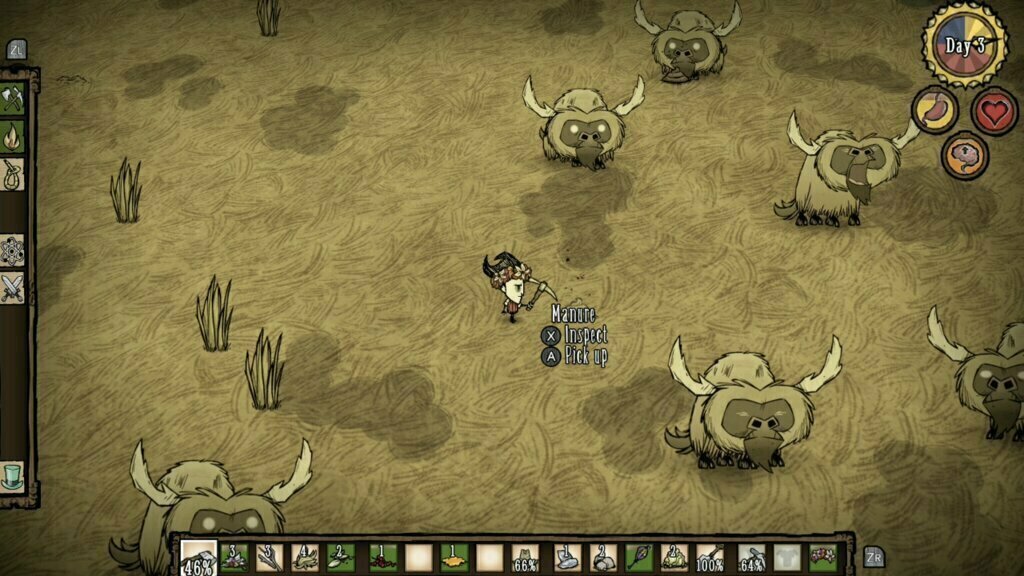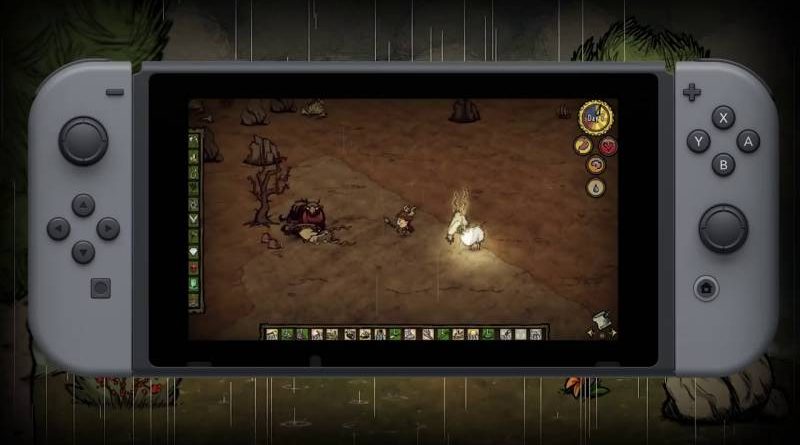
It establishes that each NFT is unique in its own right and cannot be replaced with another token. (2) The ‘non-fungible’ part is the more unique aspect of NFTs. So if we both are pet lovers and have a real cat each (not virtual blockchainbased kitties), each one of them is unique, and cannot be exchanged for equal value.Ī non-fungible token actually can be broken conceptually into two parts: (1) The ‘token’ element refers to anything related to the blockchain, a digital ledger of transactions that tracks the exchange of each token on it. However, a non-fungible asset is something that is not interchangeable and not divisible for the most part. Similarly, Ethereum and Bitcoin are both fungible assets, one bitcoin is no different from another one whole bitcoin.

The standard allows developers to create digital assets that can be exchanged and tracked on the blockchain.įungibility describes an asset’s ability to be evenly interchanged with another asset of the same type, so a Rs 2000 note is fungible – we can exchange notes of the same denomination without any effect on their value.

The earlier ERC-20 standard provided the technological framework and best practices for token creation and emission, likewise, the ERC721 standard did the same for non-fungible tokens. CryptoKitties raised considerable awareness about non-fungible tokens (NFTs), which resulted in venture capital firms a16z and USV investing $12 million in the company to expand the product.Īxiom Zen, a Vancouverbased startup, went on to create a new standard for Ethereum called ERC-721 to create sound digital goods, which is now a recognized standard for NFTs. CryptoKitties soon began to rise exponentially in value, with one CryptoKitty even fetching 600 ETH (US$172k at the time). They have exclusive attributes like age, breed, or color.ĬryptoKitties quickly rose to notorious success and CryptoKitties transactions soon amounted to a whooping 12% of all Ethereum transactions. Each of these virtual cats is unique, and can’t be interchanged with each other. Soon, enthusiasts were able to breed, raise, and trade virtual cats with unique genomes.

In October of 2017, some smartypants created ‘CryptoKitties’ on Ethereum, a blockchain platform.

Cats! The bane of the internet strikes again.


 0 kommentar(er)
0 kommentar(er)
